Setúbal is a charming seaside town conveniently located just 50 kilometres south of Lisbon. With bus and train connections, you can easily visit without a car.
I lived in Setúbal for over a year without a car. Many of the city’s historical attractions are within walking distance. With some organisation and effort, many of Setúbal’s natural attractions can also be reached by public transportation.
So check out my tips on how to get to Setúbal by public transport and what to do while you are there.
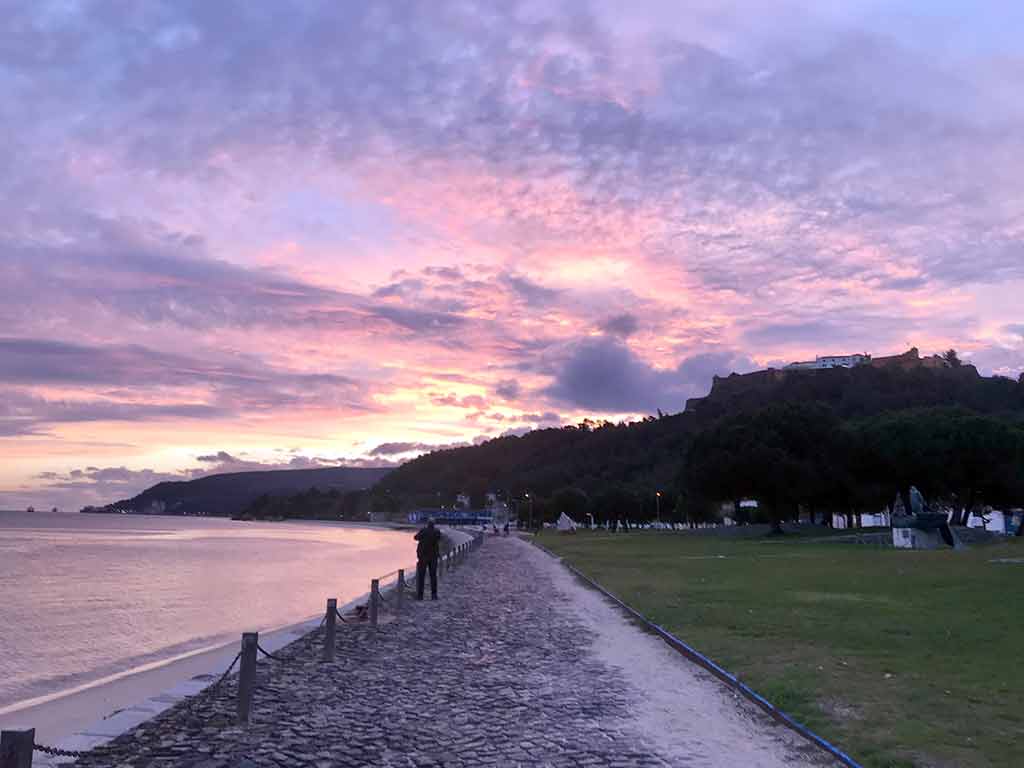
What to you need to know about a day trip to Setúbal
Why you should visit Setúbal
Although not as famous as Sintra or Cascais, Setúbal offers plenty to discover. Visitors can explore the charming old town, stroll along the picturesque Sado riverfront, or venture to the stunning beaches of Troia or Serra da Arrábida.
There are also scenic walking trails that lead through the eastern part of the Serra da Arrábida. Not to mention the historical monuments to discover, including a 14th-century fort.
For foodies, Setúbal’s seafood restaurants are a big draw, with the famous choco frito (fried cuttlefish) being a must-try dish.
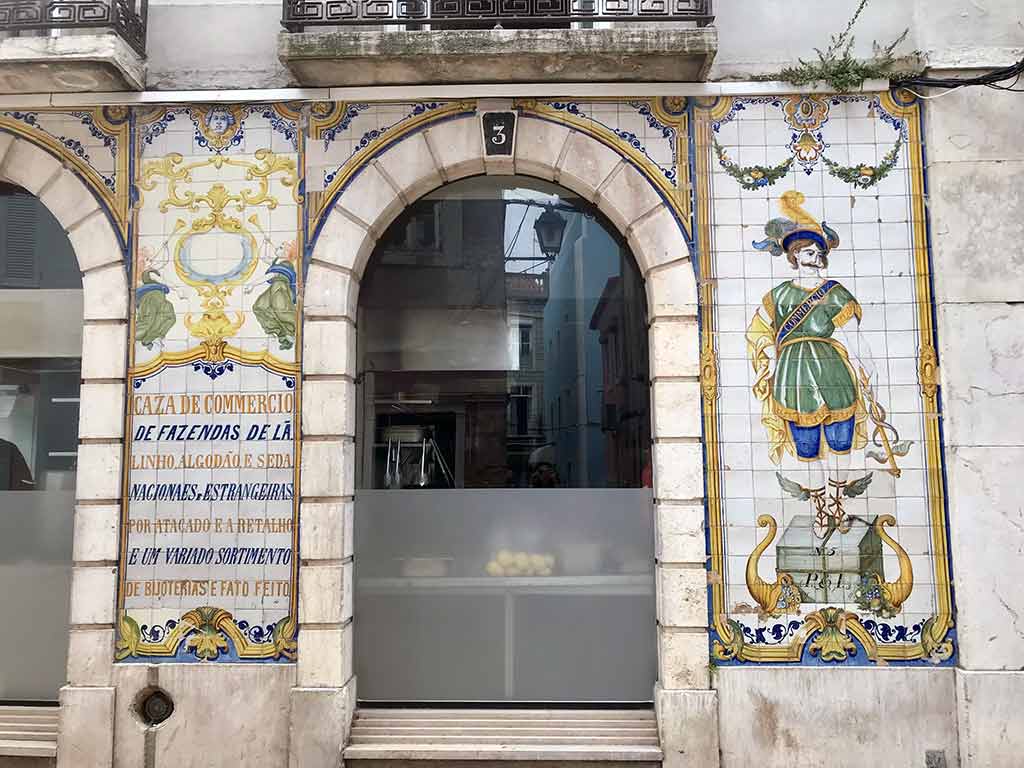
How to get to Setúbal with public transport
To get to Setúbal from Lisbon using public transport, you have two options: the bus or the train. I found trains are slightly more comfortable and reliable. But if the bus is more convenient for you, it’s still a safe and comfortable way to get to Setúbal.
The train
A one-way train ticket from Lisbon to Setúbal costs €4.85. The route is managed by Fertagus, a private transportation company. So you’ll need a different Viva Viagem card than the one you may have been using in Lisbon. The train departs from Roma-Areeiro station in Lisbon, stopping at Entrecampos, Sete Rios, and Campolide before arriving in Setúbal. The journey takes approximately one hour on a double-decker train, crossing over the Ponte 25 de Abril bridge. Trains run about every hour until after midnight and are generally more reliable than buses. You can check train timetables here.
The bus
You can use your regular Viva Viagem card on buses, which cost €3.10 for a one-way trip, or pay €4.50 in cash for a ticket onboard. The bus journey takes around 35-45 minutes if there is no traffic. But buses can be unreliable and sometimes fail to arrive at all. This can be especially problematic when the frequency is only once per hour or less.
However, there are still good reasons to consider taking the bus. The 4725 rapida bus has a stop in Alcântara, which I found convenient when I lived in Lisbon’s west. The 4715 and 4720 depart from Oriente before crossing the Vasco da Gama Bridge. Additionally, there are a couple of regular buses (not rapida) that pass through some of the towns between Lisbon and Setúbal. Although these take longer and are less frequent than the rapida, they offer a more scenic route than the direct A2 highway.
Keep in mind that the last buses from Setúbal depart before 8 pm. So if you plan to stay out late, it’s best to take the train back to Lisbon. You can check bus timetables here.
What to do on a day trip to Setúbal
Whether you come by bus or train, you’ll arrive at the main train station. The station is located in an uninteresting and unattractive part of town, but don’t let that put you off. The centre is just a 15 minute walk from the train station. Head to Praça do Bocage and from there you can explore the historical centre and the river.
1. Praça do Bocage and Casa do Turismo
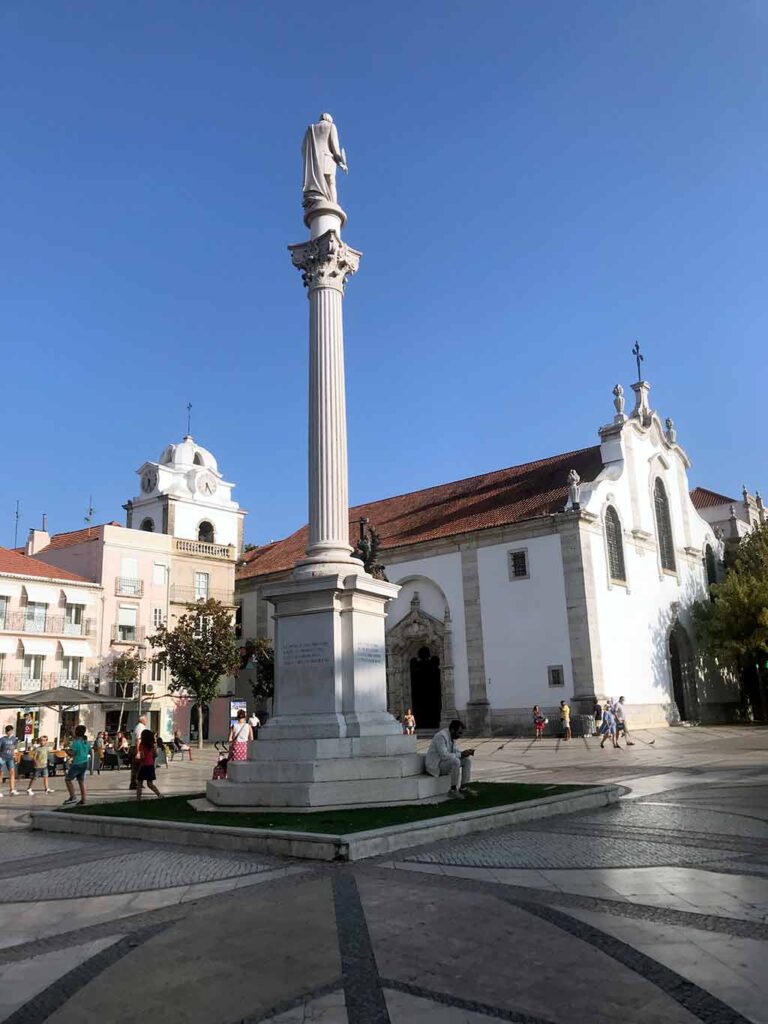
Setúbal’s main square takes its name from an 18th centuary poet who was born in the city. A statue of the poet lays at the centre of the square, surrounded by cafes, a church and a few other buildings. While all the cafes are great for a drink and some people watching, the terrace of the Casa do Turismo offers a particularly enjoyable view over the square.
2. Miradouro do São Sebastião & Historical Centre
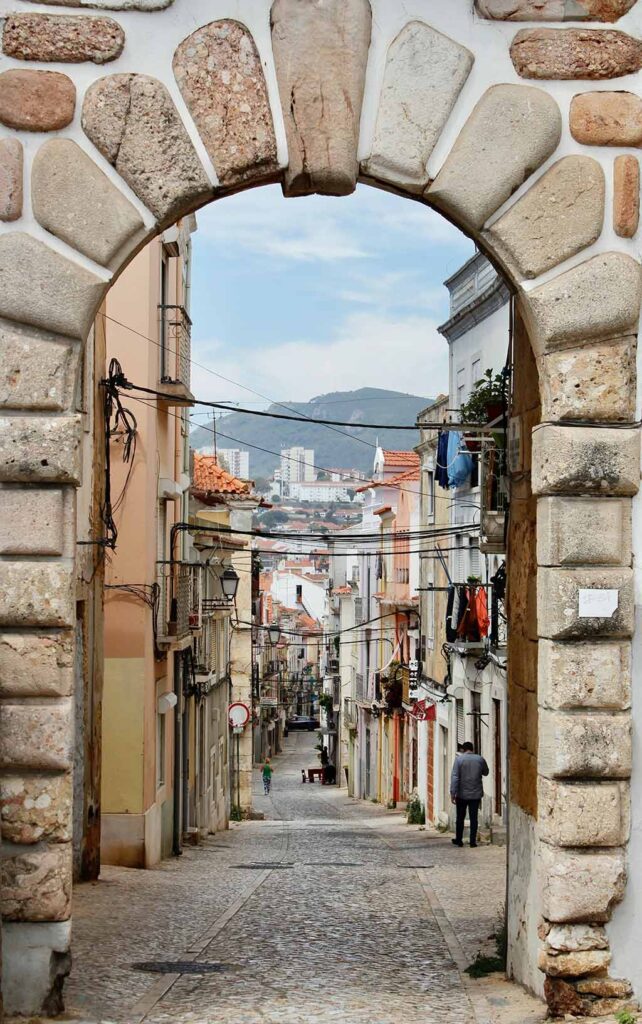
The miradouros, or lookout points, in Lisbon are renowned. Yet Setúbal boasts its own with a view of the port and River Sado. While it may not rival the charm of some of Lisbon’s more famous vantage points, the brief stroll is worthwhile for the scenery. Take a leisurely walk through the historical center, exploring boutique shops along the way, and revel in uncovering hidden gems in the narrow lanes.
3. Mercado do Livramento

If you’re visiting for the day, not be inclined to carry fresh fish in your bag all day. However, the Mercado do Livramento is still an essential stop on your trip to Setúbal. While most stalls offer fresh food, there are also cafes and a selection of stalls showcasing Portuguese handicrafts. Arriving before midday ensures the most stalls are open, and the market is bustling with activity.
4. Avenida Luísa Todi
Dedicated to Setúbal’s renowned 18th-century opera singer, Avenida Luísa Todi stands out as one of the most delightful places to stroll in the city. Adorned with exotic trees, it becomes particularly enchanting during spring when the jacaranda trees paint the scene with their blooming purple flowers. The one-kilometre path, paved with Portuguese calçada, offers an excellent opportunity to pause and relax at one of the esplanadas scattered along the street.
5. Casa da Baia
Combining elements of a visitor center and a café, Casa da Baia serves as an excellent hub for obtaining information about activities in Setúbal and the nearby region. Featuring a café and a serene courtyard, Casa da Baia provides ample spaces for relaxation. Explore the complimentary exhibition dedicated to the Sado Estuary bottlenose dolphin to gain insights into the marine mammal and its habitat.
6. Sado River waterfront and Parque de Albarquel
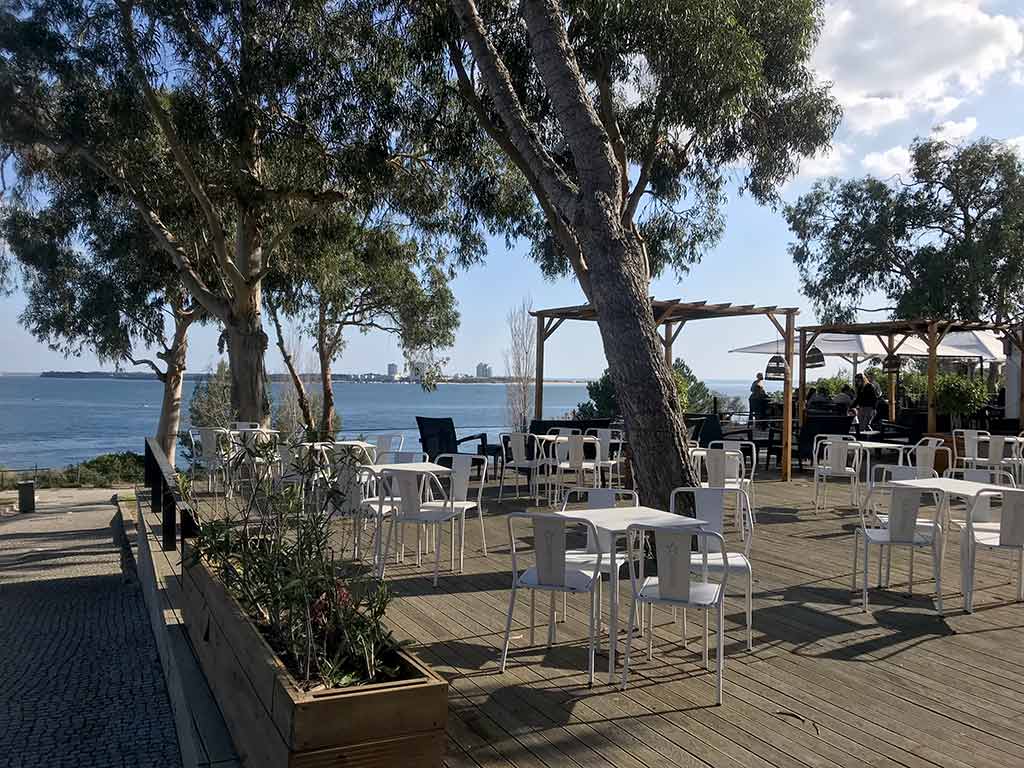
On the western side of the fish market, you can enjoy a leisurely stroll along the picturesque banks of the River Sado to take in views across the bay to the Troia Peninsula. During the summer, the area tends to buzz with locals lounging on the grass and filling up the seafood restaurants lining the street.
Extend your walk all the way to Parque Urbano de Albarquel, a charming park featuring expansive grassy areas and large, shady eucalyptus trees—ideal for a relaxing picnic. If you take the stairs on the park’s western edge, you’ll reach A Vela Branca, my personal favourite bar in Setúbal’s.
During low tide, you can take a shortcut along the sand to Praia de Albarquel on the opposite side of Fort de Albarquel. Unfortunately, during high tide, this path is submerged, and you’ll need to detour around a sizable hill.
7. Praia da Albarquel
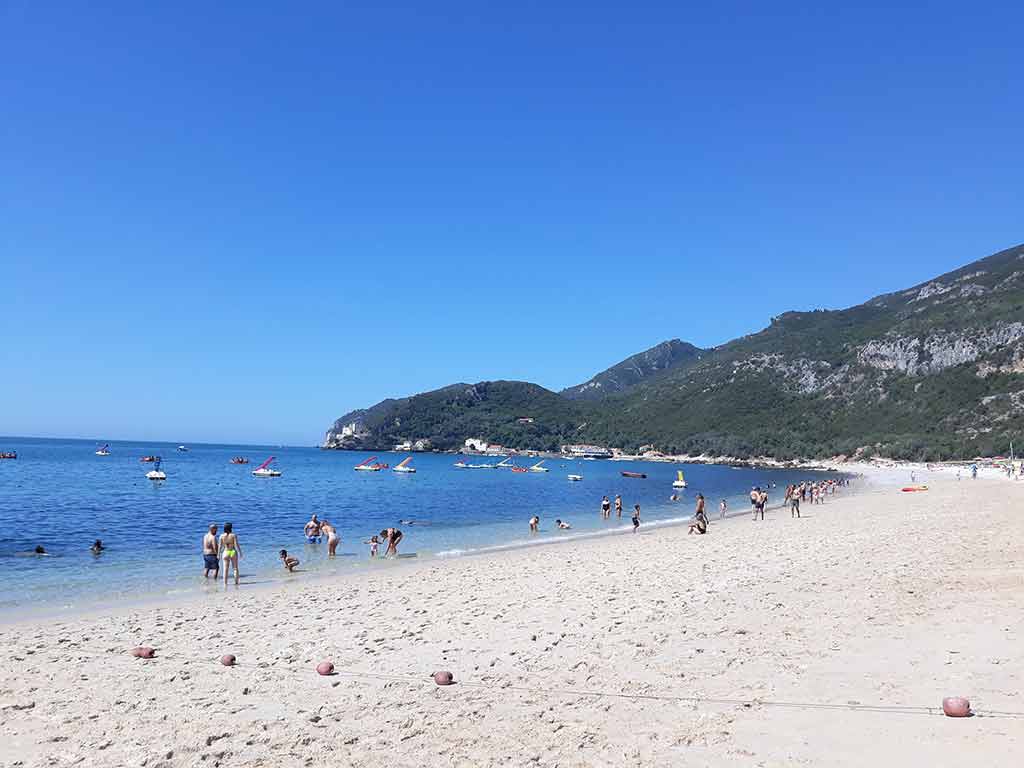
Albarquel Beach is the closest beach to Setúbal (the estuary beach closer to the city is unsafe for swimming, though locals don’t seem deterred from splashing around). While it may not boast the scenic beauty of the Serra da Arrábida’s finest beaches, Albarquel offers sandy shores and inviting waters, making it a convenient option if you can’t / don’t want to travel farther along the coast.
8. Forte de São Filipe
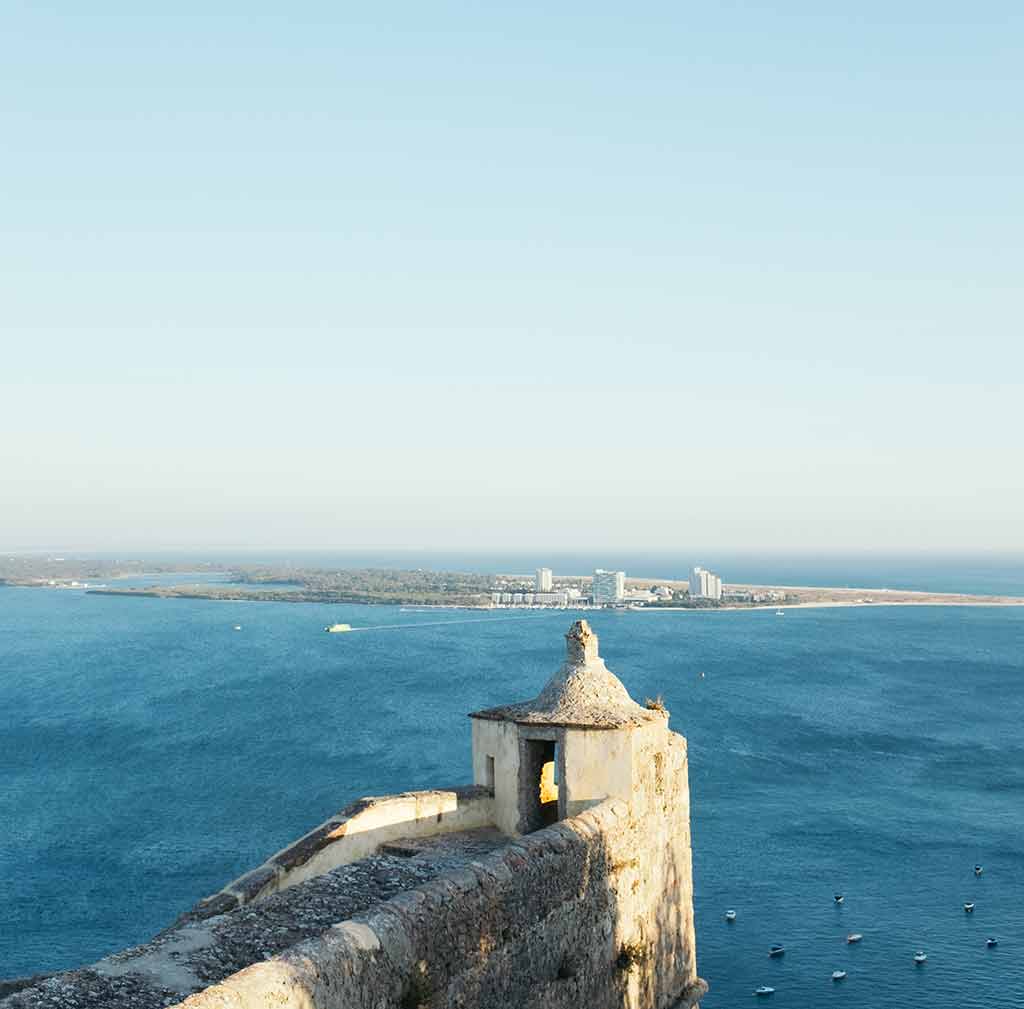
Situated on a hill with commanding views of the bay, a visit to Forte de São Filipe is justified purely for the stunning panoramas. Admission is free, and you can relax at the cafe, savoring the scenic beauty of the estuary, Troia, and the vast expanse of the Atlantic Ocean.
9. Monastery of Jesus
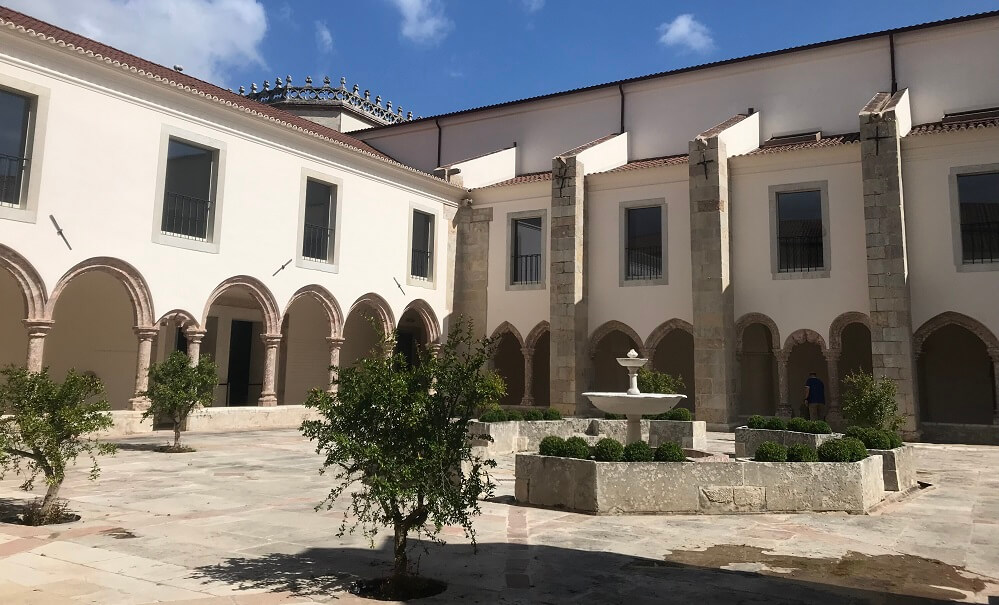
Constructed in the late 1400s, this monastery housing Poor Clare nuns stands as an early specimen of Portugal’s renowned Manueline architecture. A nominal fee allows entry to explore the interior, yet a glimpse inside the church and a stroll around the exterior to appreciate the facade should suffice unless you have a profound interest in such architectural styles.
Beyond Setúbal
Troia Peninsula
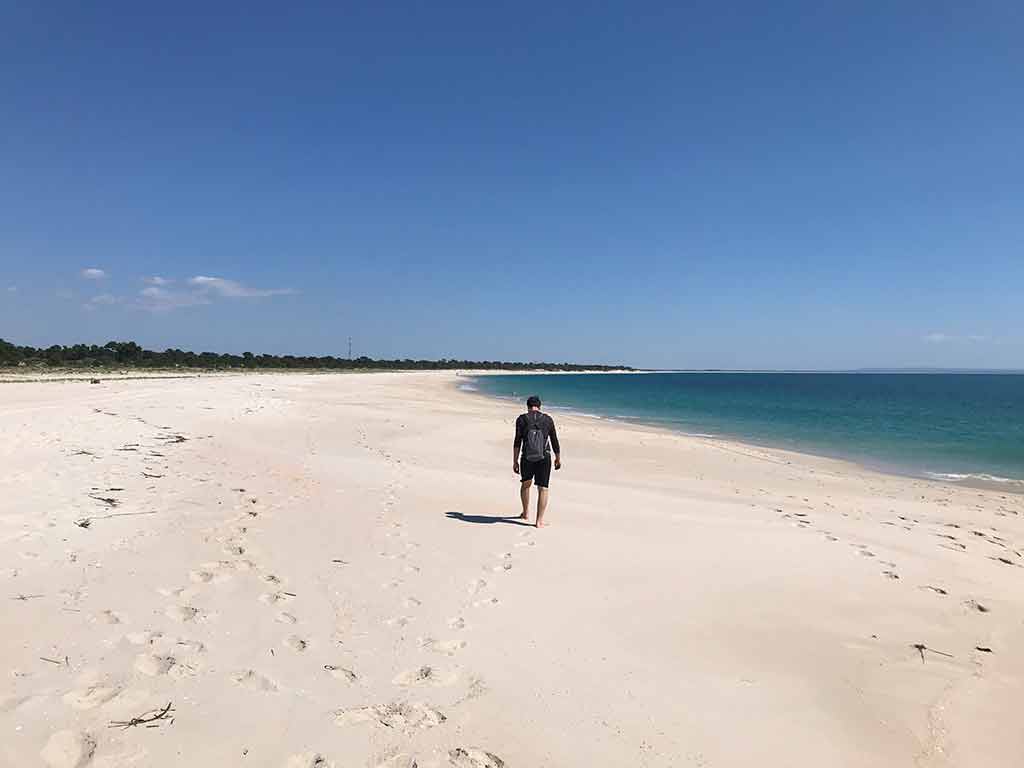
On a scorching summer day, you might opt to forego the walking tour of Setúbal entirely and proceed directly to the pristine sandy beaches of Troia.
A mere 20-minute ferry ride across the bay, Troia stands is a popular resort town with stunning white sandy beaches. Expect it to be very busy in the summer!
Passenger ferries embark from the vicinity of Miradouro do São Sebastião, and if you’re fortunate, you may catch a glimpse of dolphins during your voyage!
Beaches of the Serra da Arrábida

During the summer, the beaches of Serra da Arrábida are very popular. There’s not enough parking to accommodate the surge in beach visitors, so roads are closed from June to September during the “bathing season”.
The positive aspect is that buses operate from Setúbal to transport travellers to the most frequented beaches, providing the option to visit without a car.

